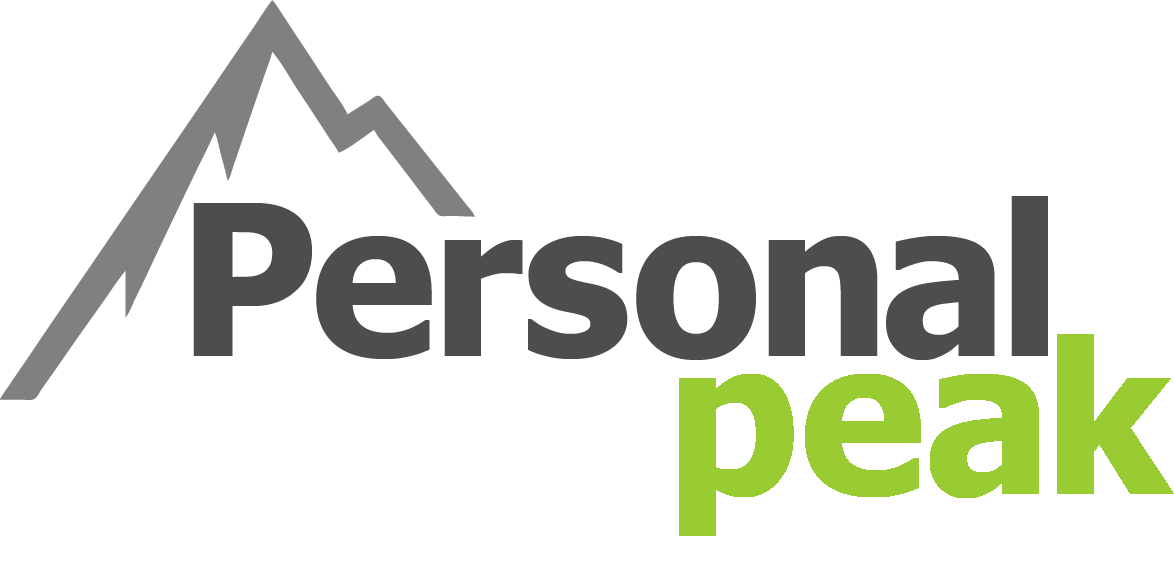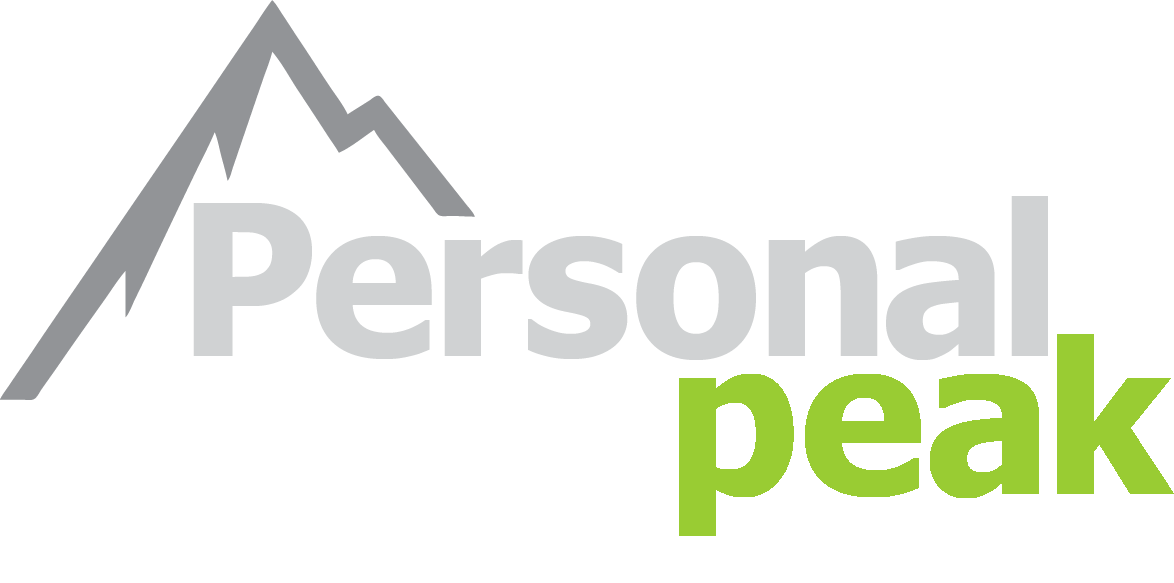Mountain
Training
Units
(MTU™)
What are Mountain Training Units?
Personal Peak created “Mountain Training Units” or MTU’s™ to combine both horizontal distance and elevation gain into one simple unit of measurement that you can use to calculate the relative effort of dramatically different runs.
Measuring Effort
At it’s simplest level, effort in running is characterized by two components: energy expended to move yourself forward, and energy expended to move against gravity up hill. If you simply look at horizontal distance run, you are selling yourself short and forgetting about a sizeable amount of effort!
Who are MTU™s for?
MTU’s work for anyone! Although it will make a relatively small difference for road runners, or those running on relatively flat courses, mountain runners, or those traveling long distances will see the largest difference when measuring effort with MTU™s.
MTU™ Calculator

Learn More
Optimal Training is about repeated cycles of stress and recovery, so that your body supercompensates, and as a result you improve. However it is a delicate balance between training and recovery. You need to stress the body enough that you get a training effect, but not too much that you get injured and suffer a setback. But how much is the right amount?
Sports scientists and running coaches alike have been trying to solve this problem for decades, and have been quite successful. Under lab like conditions, ie. on a track, treadmill, or flat road course, you can determine the right amount of training stress so that athletes get the most out of their training. Using formulas like Jack Dainels’ VDOT method you can quickly and accurately determine training paces, and modulate training stress through careful measurement of volume and intensity.
However, our problem as coaches is that our athletes like running in the mountains! They don’t live and train in lab-like conditions. They don’t do all of their workouts on a track or treadmill. As a result we can’t make the same fine tuned adjustments, and analyze effort in the same way as other coaches, like Jack Daniels can.
In order to find that delicate balance between improved fitness and injury risk for our mountain athletes, we needed a way to quantify training stress in the field that was not entirely dependent on the same perfect conditions our road and track counterparts rely on. And so began the creation of Mountain Training Units (MTU™).
In the case of measuring running effort, the scientific gold standard is the measurement of Oxygen consumption, or VO2. Because, a specific effort requires a specific amount of Oxygen consumption to sustain, you can determine how hard an athlete is working by measuring that specific amount of Oxygen consumption, or VO2. This can be measured in a few different ways, but generally involves a laboratory setting, a fair amount of money, and experienced testers. This cost, both financial cost and time cost, is prohibitive.
Alternatives like, the ACSM metabolic equations for running, walking, and stepping (essentially climbing stairs), have also been developed to estimate the oxygen consumption of these activities. And although metabolic equations like this solve the expensive equipment problem, the issue with using these physiological calculations is that any mountainous run involves constantly changing grades, and athletes will use a combination of walking, running, and stepping. All of these activities have different efficiencies and energy costs, and will require a different effort, so using them to calculate VO2, in anything but a controlled environment is nearly impossible.
Finally measurements like Grade Adjusted Pace (GAP), and Training Stress Score (TSS) also attempt to solve this problem. However, these measurements rely on calculations to be made after the run is complete, when the data file has been uploaded and numbers may subsequently be calculated.
In order to quantify our athletes’ training stress effectively, we needed a tool that was simple, reliable, and easy for our athletes to use when they were “on the run”.
MTU™s were born.
Simply put,
1km = 1 MTU™
100m of elevation gain = 1 MTU™
Horizontal MTU™ + Vertical MTU™ = total MTU™
Through our experience, we have found MTU™s to be a simple, effective formula that has been applied with huge success in our coaching practice. It is a practical solution that has proven itself time and again in a real world training environment, and we have been using MTUs to build programs for our athletes for nearly 6 years now and we have seen a dramatic reduction in injury and overtraining as a result.
To be clear, MTU™s have not been validated scientifically and VO2 testing will always be the gold standard for determining effort. However given the numerous limitations of VO2 testing, we have found that MTUs offer a quick, easy to use, reliable estimation of effort.
Want to find out more?
Try out the MTU calculator
Do they actually work? See MTU’s in action
What things can you use MTU’s for?
Are MTU™s an adequate measurement to compare mountain and road races?
Comparing relative effort is something that has been done in the running world for many years, using the World Masters Athletics age and sex grading process. Simply put, age and sex grading compare your race time to the world record for your specific age group and sex, allowing for comparison between performances of runners of different sexes or age groups. For example, a 75 year old male who runs a 45 minute 10km would be equivalent to the same effort of a 25 year old running 10km in 31 minutes. Learn more here
Using the underlying principles of age and sex grading, we can use a similar method to compare mountain and flat courses. To make this comparison, we are assuming that a course record is essentially the World Record for that particular race course.
By plotting the World Record time at each commonly raced distance, you can explore the relationship between the two variables and end up with a very strong correlation between them. When analyzing Men’s world records, this results in an R2 of 0.999 for races from 800m to the Marathon (Fig. 1), and R2 of 0.998 for races from the marathon up to 24 hours (Fig. 2). The same trend is seen with Woman’s world records with R2 of 0.999 and 0.993 (Fig. 3, and Fig. 4)




For this comparison of road, track and mountain races, 22 world class marathons and ultramarathons between 42.2km and 303.51km were selected to analyze, and Men’s and Women’s course records were used. There are many highly competitive races out there, but for this comparison, we selected races that are well known with a highly competitive field, and the results were easy to find and thus compile. These races include:
| World Records | Hilly Courses | Mountain Courses |
| Marathon | Bandera 100k | Lake Sonoma 50 mile |
| 50 Km | Black Canyon 100k | Leadville 100 |
| 6 hours | Comrades Down | Pike’s Peak |
| 100 Km | Boston Marathon | Run Rabbit Run |
| 12 hours | Comrades Up | Speedgoat 50k |
| 100 Miles | Black Canyon 100k | UTMB |
| 24 hours | Spartathlon | Western States |
| Way Too Cool 50k | Hardrock Clockwise | |
| Hardrock Counterclockwise |
After plotting Men’s and Women’s course records for each of these races (Fig. 5 and Fig. 6) you can see there is quite a bit of variability, with the R2 dropping to 0.805 for men’s races, and R2 of 0.777 for women’s races.


The largest variation in course records at a single distance can be seen at the 100 mile distance, for both men and women with course record times ranging from the world record of 11:19:13 (on a track), all the way to 23:28:10 (Hardrock counterclockwise) – more than double the time for the exact same race distance.
After adjusting the data, and plotting race time vs MTU™ rather than distance (Km), we see this variability dramatically decrease (Fig. 7 and Fig. 8), as the true effort required to run these courses is revealed. For instance, races with massive elevation gain like the Hardrock 100 (10,074m of climbing) suddenly become 261 MTU™, while the 100 mile world record run on a flat track stays at 161 MTU™. Adjusting Km to MTU™ brings the correlation of these races to 0.977 for Men, and 0.965 for Women, revealing that MTU™s may do a better job of comparing effort when individual course factors like elevation gain vary.


But 0.977 still isn’t the near perfect correlation of 0.999 we see in the WR comparison.
This difference, we believe, can largely be explained by sample size.
With road and track racing, courses are much more similar, and each distance is raced far more often. For instance, in the USA alone, there were 16,500 5k races 2015, with over 7.6 million finishers. By comparison, even The Ultra-Trail du Mont-Blanc (UTMB), one of the largest trail ultramarathons, limits the field to 2300 participants every year, meaning that there is a much smaller sample size of performances (2300 compared to 7.6million+ per year). It is likely that the course records for these 20 races have not yet been tested to the same limits, and as a result we are likely to see improvements upon these times in the years to come.
As you may notice, the Hardrock 100 falls far outside the line of best fit. It is a good example of this sample size effect. Hardrock is limited to 140 racers per year, chosen by a very selective lottery draw. What is more, the Hardrock 100 also alternates direction every year. As a result, both Hardrock 100 courses (clockwise and counterclockwise) have only been raced 12 or 13 times each by a relatively small number of people. As a result, the two course records for Hardrock lie considerably above the line of best fit, meaning they are slower than you would expect for the given number of MTU™s (Fig 9).

Finally, there is the effect of terrain. No measurement (MTU™, GAP, TSS) has been able to account for this yet, and I don’t know if anything ever will be able to. Obviously running in ankle deep mud, or picking your way up some class 5 scrambling terrain is slow going, and the lack of speed isn’t caused just by the horizontal distance or elevation gain. Terrain matters, so if you know a course or conditions are much more technical than the norm, take the MTU calculation with a grain of salt (that might even help you stay hydrated while you are running).
-
Comparing your results from one race to another – did you improve?
-
Comparing your results to a friends who ran a different race or course
-
Comparing personal bests with someone else
-
More accurately quantifying your effort on a given run
-
Actually quantifying the training you did in a week
-
Planning a race – How far is it between aid stations? How long will the race take you?










